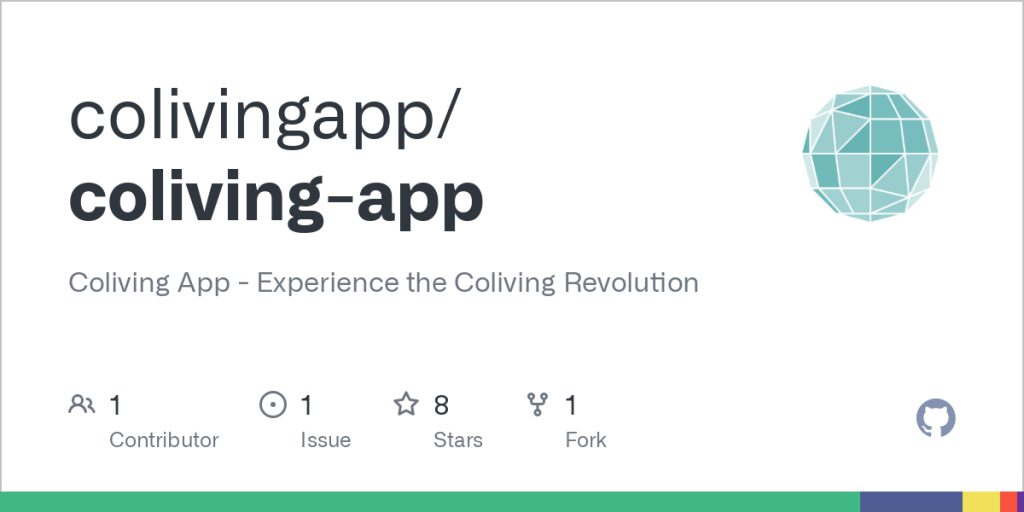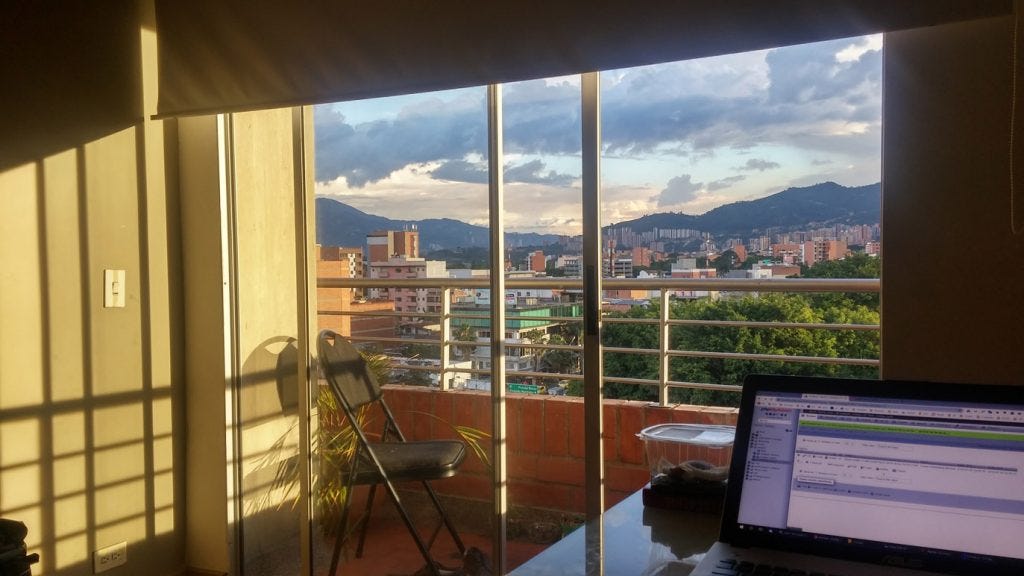
In 2021, I wrote the first blog post for Coliving App, reflecting on my three-year trip around the world and the coliving experiences that inspired the project. Back then, the idea was fresh, fueled by memories of Medellín and shaped by a belief that the future of living would become more connected, digital, and mobile.
Today, I’m excited to announce that Coliving App is now fully open-source.
You can find the source code on GitHub.
🌍 Why Open-Source?
Coliving App is a free, MIT-licensed platform that helps digital nomads, travelers, and hosts discover, list, and manage coliving spaces.
From the start, I wanted the project to be more than just another SaaS tool — it’s meant to be a community-driven effort, a project that grows and evolves alongside the people and spaces it serves.
By making the source code public, I hope to invite developers, designers, and coliving enthusiasts to contribute ideas, features, and improvements.
And by building in public — shaped by real user feedback and real-world needs — the project has a much better chance of becoming meaningful, sustainable, and successful.
Whether you’re fixing a bug, improving the UX, or suggesting how to make the platform better for hosts and nomads, you’re welcome here.
What’s Live Today?

The first beta version of Coliving App is already live at https://coliving.app and currently offers:
- Tools for creating and managing coliving spaces
- In-space (Hub) social features for housemates, including chat, tips, and mates lists
- Discovery features for travelers: explore spaces, leave reviews, and connect globally
- Messaging system between spaces and mates, with join requests and direct messaging between individual users
- Interactive mapping powered by the open-source Leaflet package
- Search functionality across spaces
- Detailed space and mate profiles
- Beta version of the CoMatch score (for matching mates with spaces)
Essentially, all core features are working, and the app is fully functional — but at a very basic level.
It’s still early, and much more will be shaped by community input.
Where It’s Headed
I see Coliving App as a long-term project — there’s no rush, no investor deadlines, and no aggressive monetization plan.
The vision is to build it slowly, learning from real users, open-source contributors, and coliving spaces around the world.
The long-term vision is simple:
- Keep Coliving App running freely for decades with minimal overhead.
- Let the community shape its evolution over time.
- Offer a clean, open alternative to locked-in, closed platforms.
If this resonates, I invite you to join the journey — in whatever way fits you best.
You can find more details about the development roadmap in the GitHub README.
How You Can Help
If you’re interested in:
- Contributing code, ideas, or designs
- Providing feedback on what matters most to coliving communities
- Helping spread the word or test new features
You can jump in here:
Explore the live platform: coliving.app
Fork or clone the repo: GitHub
Add your first space: Create a Space
Feedback, ideas, and feature proposals are welcome in GitHub Discussions.
🌐 Final Thoughts
When I started this journey, I didn’t know if Coliving App would take off — and honestly, I still don’t have all the answers.
There’s still a long way to go, but by building in public, collaborating openly, and focusing on real user needs, Coliving App has the best possible chance of becoming something meaningful, lasting, and useful.
If you believe in open tools, shared living, or want to contribute to the future of coliving, you’re warmly invited to take part.
Explore the live app, fork the repo, or join the discussion — let’s start shaping the future of coliving, together.
Coliving App
Experience the Coliving Revolution

